We are back in the studio with an interview with Justin and John of Ghost Town Brewing out of Oakland California. Items for discussion include: Danny and John collabing back in 2018. Justin and John’s roles at Ghost Town. The reputation of Oakland and running a business there. What Ghost Town is famous for… Justin’s […]
The post Podcast EP 273 – Interview with Ghost Town Brewing Justin and John appeared first on The Full Pint - Craft Beer News.







 The brewery will be celebrating the milestone limited release with a complimentary tasting, including other new beers, on 29 August.
The brewery will be celebrating the milestone limited release with a complimentary tasting, including other new beers, on 29 August. 

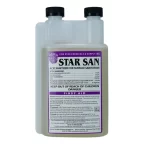
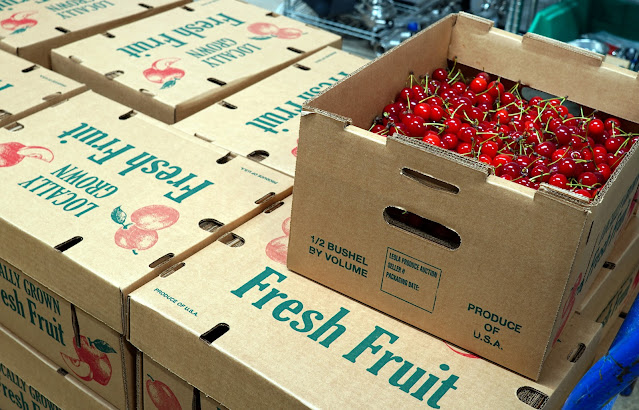
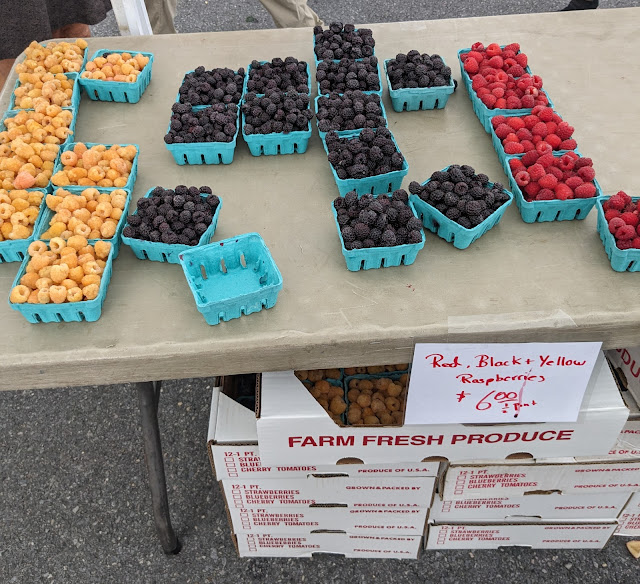
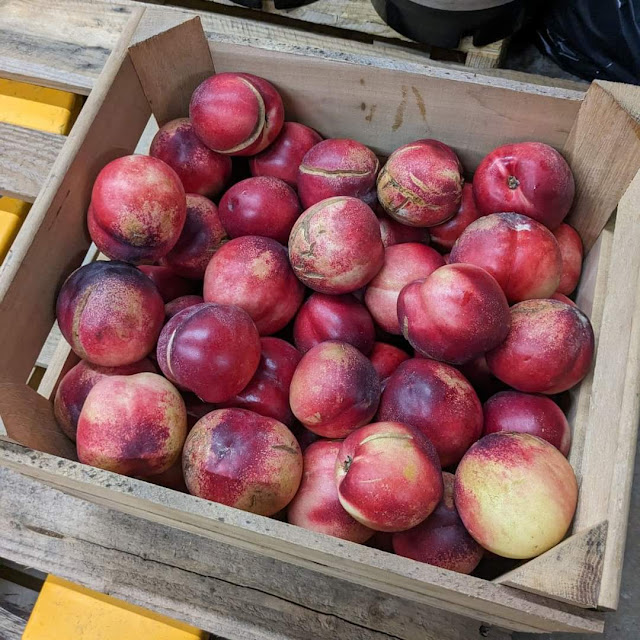
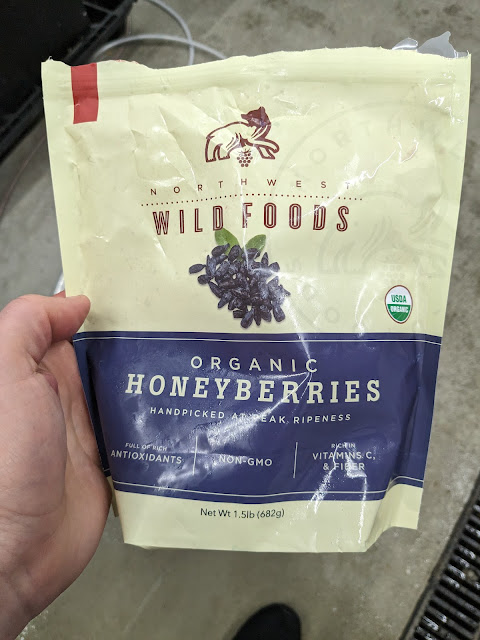
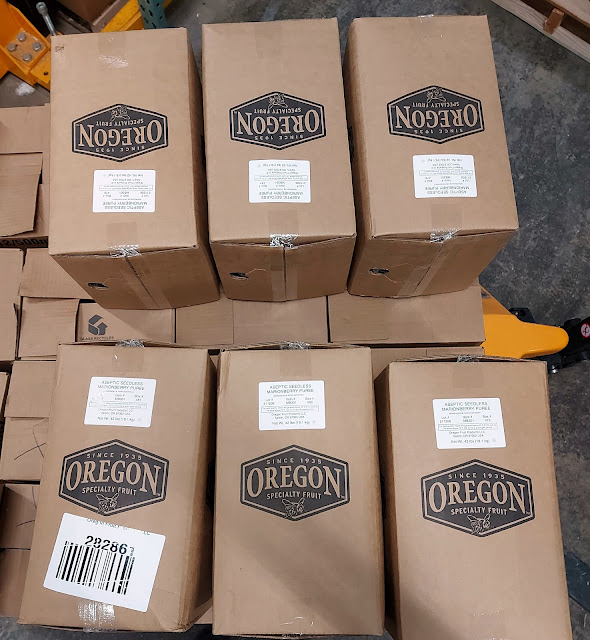

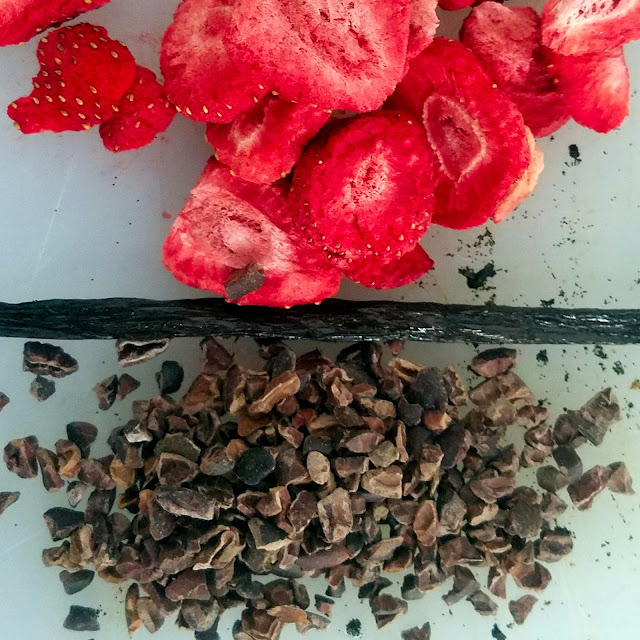

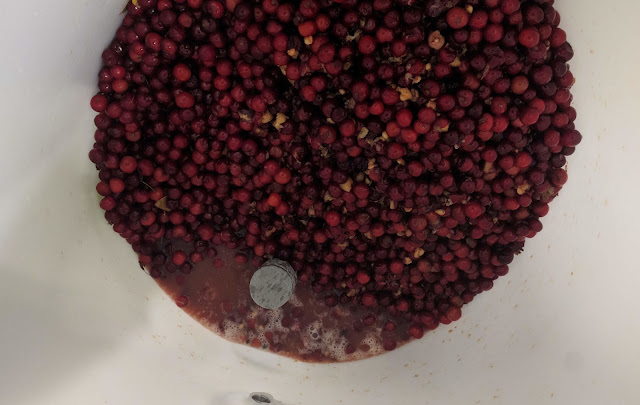


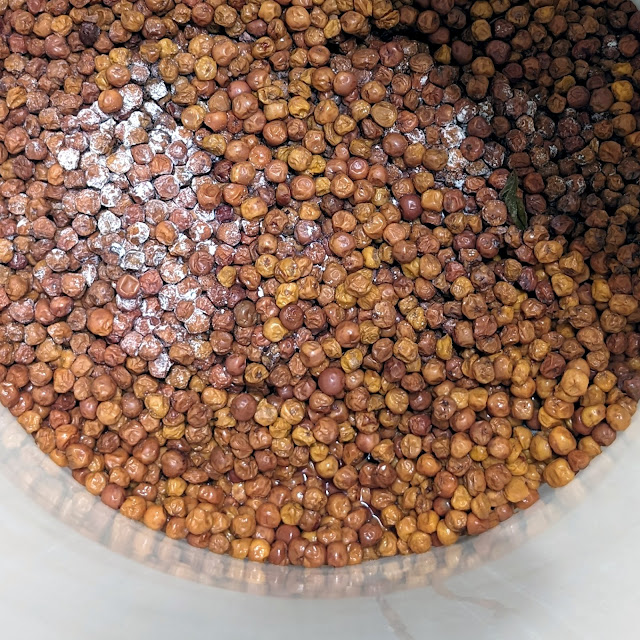
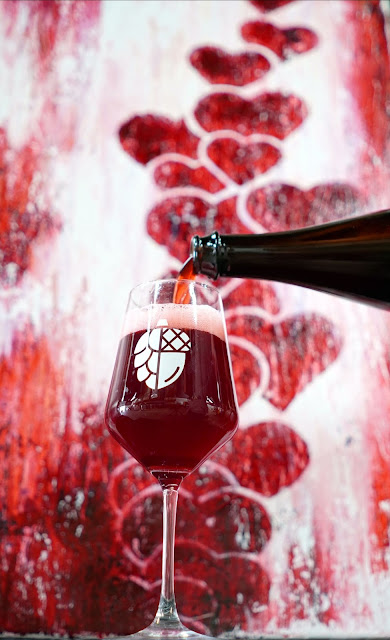
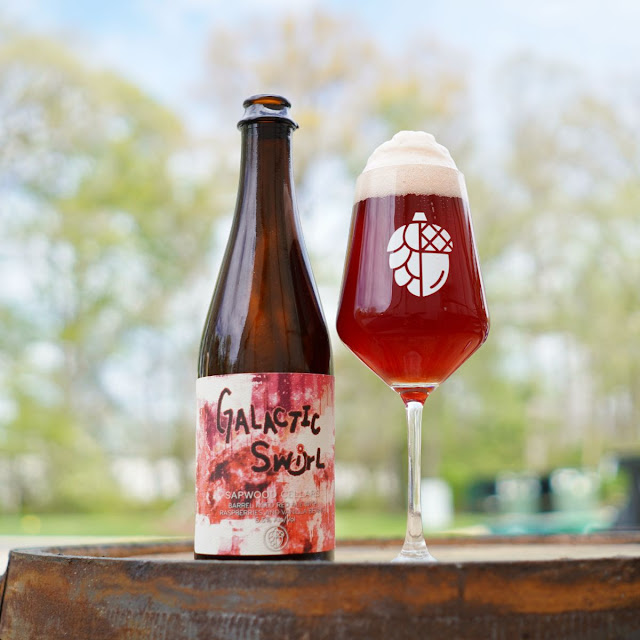
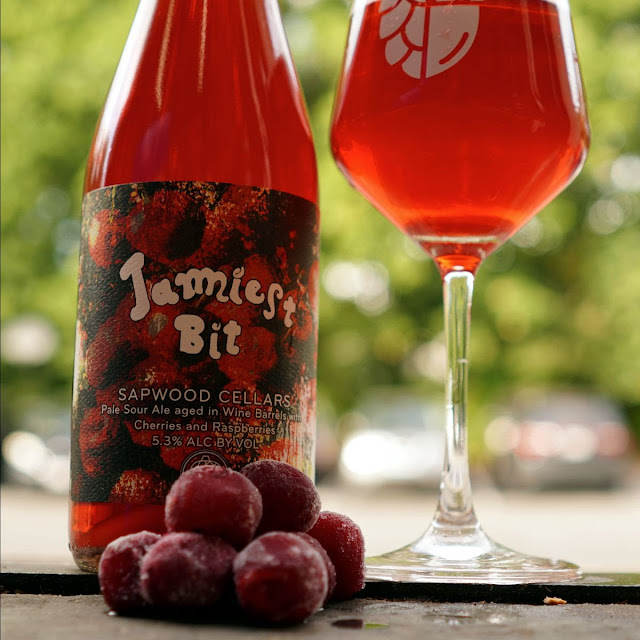
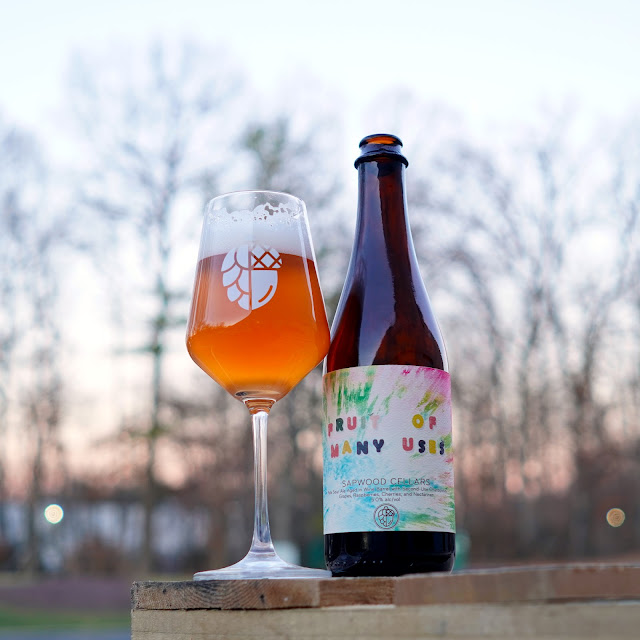


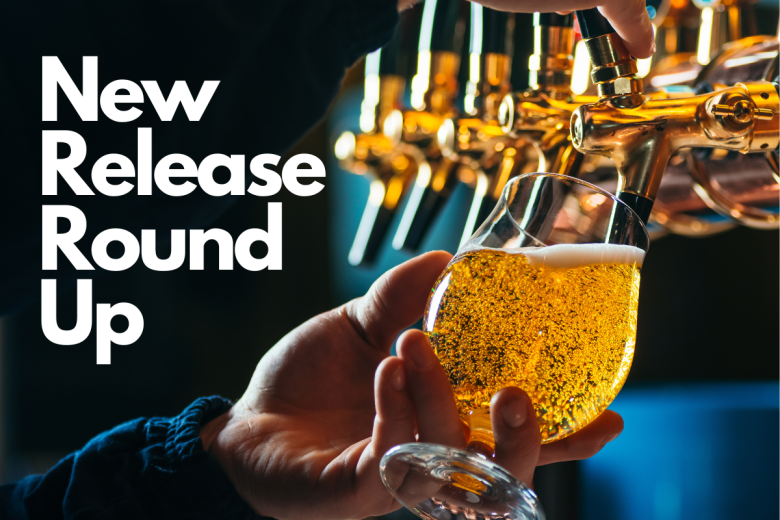 A popular Sydney brewery teams up with a clothing brand, a sour highlights native fruit from the Kimberly, and a 20-year anniversary release.
A popular Sydney brewery teams up with a clothing brand, a sour highlights native fruit from the Kimberly, and a 20-year anniversary release. 









